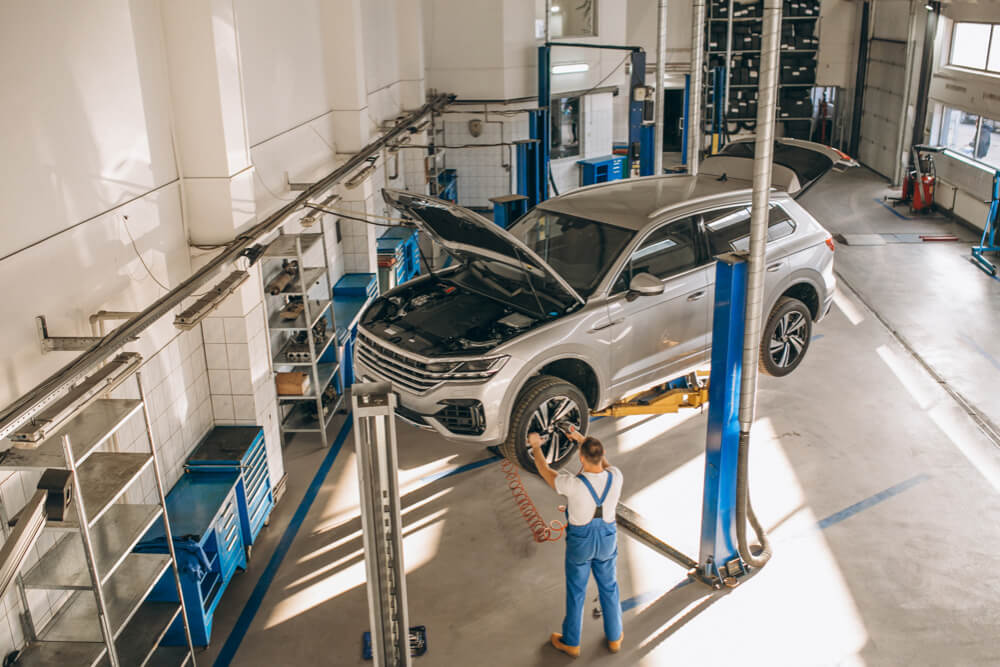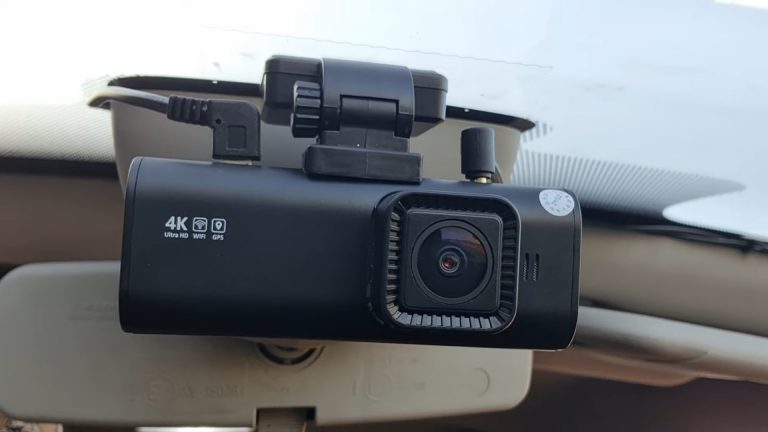Motorcarspecs.com delivers automobile industry news, and its unique content can entice viewers from all over the world. Every day, the Motorcarspecs.com team assists thousands of consumers in conducting vehicle research and comparing pricing on a wide range of automotive products and services. We’ve been pioneering innovative ways for prospective buyers to engage with automobiles and obtain timely and accurate information since January 2020. We created this platform for you, the viewers, to provide an honest evaluation on a relevant automobile, which we will completely review and post on our site.
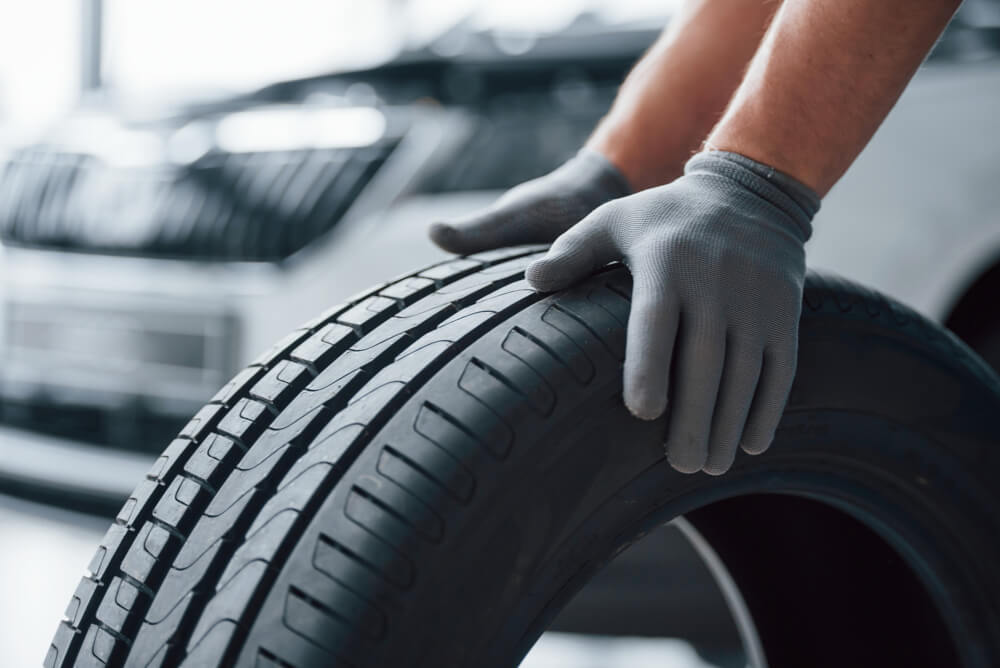
How long should a tire last, Your car is useless if your tires are ruined. Consider this: only the tires on your car truly make contact with the pavement. To ensure both your safety and the protection of other road users, they must be in excellent condition.
How long is the recommended tire life? “It depends,” is the succinct response. Four to five years, or 50,000 to 85,000 miles, is the typical tire lifespan. Your tires’ lifespan will be impacted by a few important elements, though. Scroll down to find out more.
Factors that influence How long should a tire last
The Manufacturer
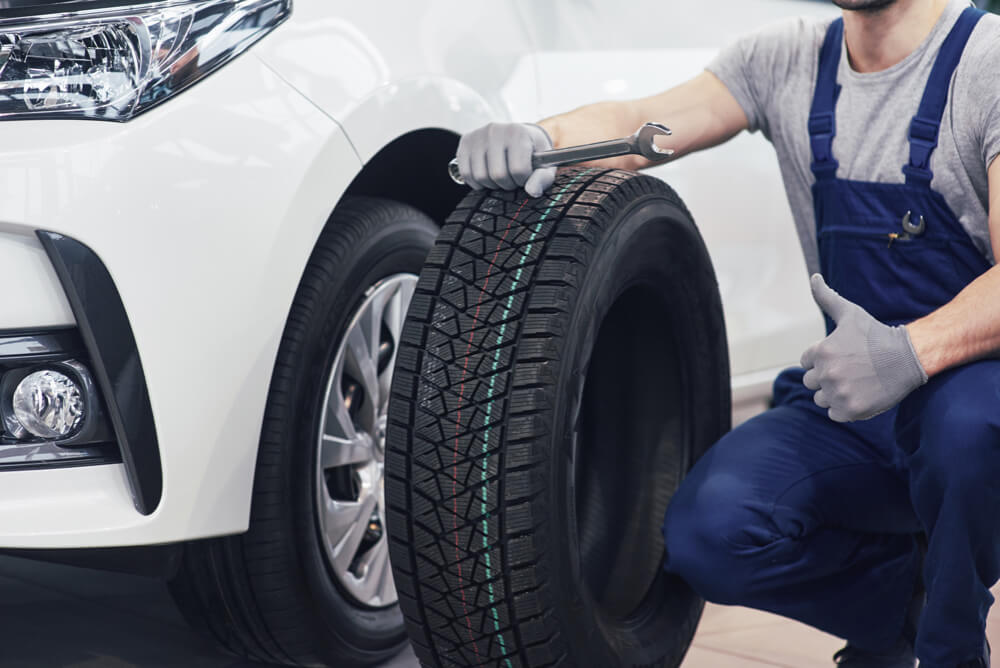

The typical tire on the market is made to last roughly 50,000 miles, but every tire is unique.
“Some tire manufacturers offer 70,000 mile or longer warranties on their products as a symbol of their confidence in the durability of the engineering, technology, and design of that specific product. Some tires could last 20,000 miles.
The kind of tires you buy will affect how long they last as well. For instance, in a Consumer Reports research, family-car tires outperformed ultra-high performance tires by about half the distance traveled. Different treadwear ratings and corresponding lifespans will be associated with all-season, summer, and winter tires.
The Vehicle
You won’t believe this, but your tires’ lifespan is influenced by the vehicle they are installed on. You may be startled by how quickly your car’s tires wear out if you don’t have the right tires because SUVs and trucks exert more pressure on tires than cars do.
It can be challenging to comprehend why some car kinds’ tires last longer than others. According to autos.com, some Honda CRV models have premature tire wear and degradation, raising the possibility of blowouts or accidents while driving.
Driving Style


Everyone has come across someone who drives as if they were playing Mario Kart. These people are more likely to have tires that wear out too soon. Your tires will deteriorate if you repeatedly accelerate quickly, tow big loads, and drive erratically over speed bumps and potholes.
Your driving habits and annual mileage both have an impact on the life of your tires. According to the Federal Highway Administration, the average American driver logs 13,000 to 14,000 miles annually. Some drivers, however, go far farther or closer than that.
Did you know that 81 percent of Fairfax County’s workers commute by car? The D.C. region had the greatest percentage at that time. For those of us who live in Northern Virginia, it is imperative that we maintain our tires.
Read: Northern Virginia commuters require routine auto maintenance. This is why.
Where You Live
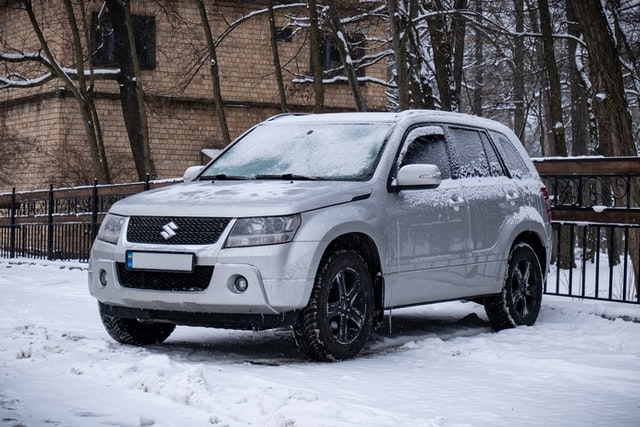

When figuring out how long tires last, it’s also important to take into account where you travel in addition to how much and how often you drive.
Depending on the terrain you drive on and where you reside, tire wear varies. Low tire pressure brought on by colder temperatures can result in flats, underinflation, and eventually risky driving situations. However, when it is extremely hot outdoors, the pavement warms up and helps your tires have better traction. Your tires’ increased heat output could be dangerous if they are underinflated, cracked, or otherwise compromised.
Because tire life is shortened by sunlight exposure and harsher temperatures, tires in hotter, Southern climes frequently need to be replaced more frequently.
No matter where you reside, it’s best to stay as far away from potholes, broken roads, and gravel roads as you can. Remember that if something is best for your safety, it is frequently best for your tires as well.
Maintenance Routine
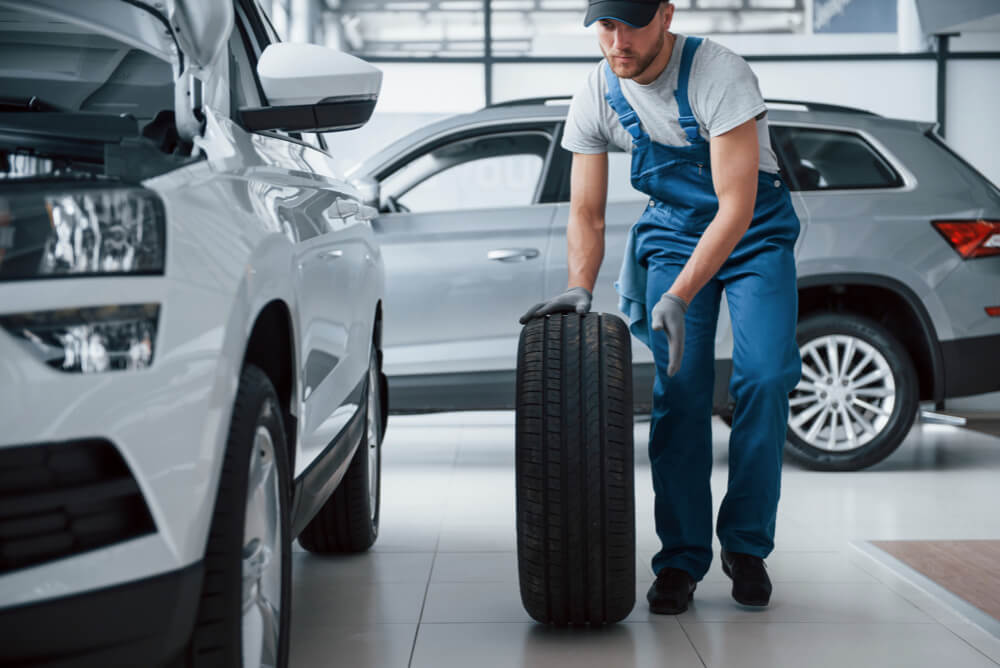

Take proper care of your tires if you want them to last a long time. the following
Once a month, check the pressure on your tires. On the door placard or in your owner’s handbook, you can see the recommended air pressure level.
Tire rotation is important. To find out how frequently you should rotate the tires on your car, consult the owner’s manual. Every 5,000 to 7,000 miles, (the Tire Industry Association advises getting your tires rotated.)
Every year, check the balance and alignment of your wheels. Uneven tread wear and shortened tire life can be caused by unbalanced or out of alignment wheels.
Make sure the tread is worn. Damaged or worn-out treads are especially dangerous since they shorten the distance that a vehicle can stop and increase the risk of an accident. When you bring your car in for servicing, our technicians check the tread on the tires. You can check it using a different strategy by performing a “quarter test.” Press a quarter head first into the tread of the tire. If you can see George Washington’s complete head, your tire tread is at or below 4/32′′ and needs to be replaced right away. Your vehicle won’t pass the state inspection at 2/32 “.
Check your tires for damage and wear (cracks, low tread depth, air bubbles, uneven wear, etc.).
Read Tire Care 101 to find out how to maintain your tires.
Tire Age
A tire should be replaced if it is older than six years, regardless of how much tread is present. Dry rot, which appears when rubber compounds in tires get older, is the cause of this. Your tires are more prone to blowouts and tread separation when they have dry rot.
Regardless of wear condition, tire manufacturers typically advise replacing your tires every 6 to 10 years. However, most drivers in Northern Virginia will notice tire tread wear before the tires are that old.
Don’t forget to bring a backup! You might be using your spare tire to drive about, depending on how old it is. Replace the tire if it’s older than ten years.
How to tell if tires need to be replaced
If any of the following signs appear, your tires may need to be replaced.
Low Tread Depth
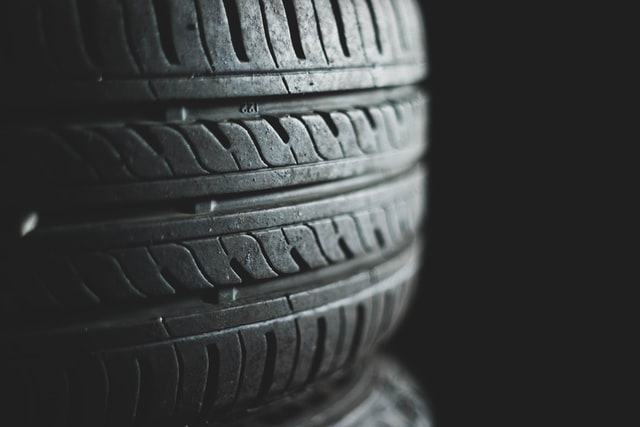

If a tire’s tread starts to drastically wear away, it needs to be replaced. A driver might really use their tire’s short tread as a warning sign. Depending on whatever part of the tire is wearing, there can be other problems with the car.
significant inner or outer shoulder wear: a misaligned tire
To avoid shoulder wear, tires must either be rotated, have their air pressure checked, or both.
Center wear could be brought on by either tire overinflation or extremely quick acceleration.
Suspension problems are evident in the vehicle because to cupped wear.
Each tire has a built-in tread wear indicator, but if the tread seems too thin, give the tires the penny test.
Rough Drive
If you notice vibrations (especially if they just started), high (and increasing) tire noise, or any combination of these, it may be a sign that your tires are out of balance, are not wearing properly, or have a structural issue. Check your tires as soon as possible since in some cases, doing so could jeopardize your safety.
DOT Number
The U.S. Department of Transportation (DOT) number on the sidewall of the tire is another tool for monitoring when tires need to be replaced. To locate it quickly, look for the letters “DOT” followed by eleven or twelve letters and digits. The week and year of manufacturing are indicated by the final four digits of each tire produced after 2000. Consequently, a tire with the designation “3618” was produced in the 36th week, or in 2018. The 3-digit week-and-year code on a tire indicates that it was probably manufactured before the year 2000 and that it needs to be replaced because of its advanced age.
No of how much wear is still on the tire, Bridgestone suggests retiring its Bridgestone or Firestone brand tires after ten years. They advocate having routine tire inspections performed by a qualified technician to look for issues like punctures, impact damage, signs of poor inflation or overloading, or other problems caused by improper tire use. More about DOT Number.
How to extend Tire life
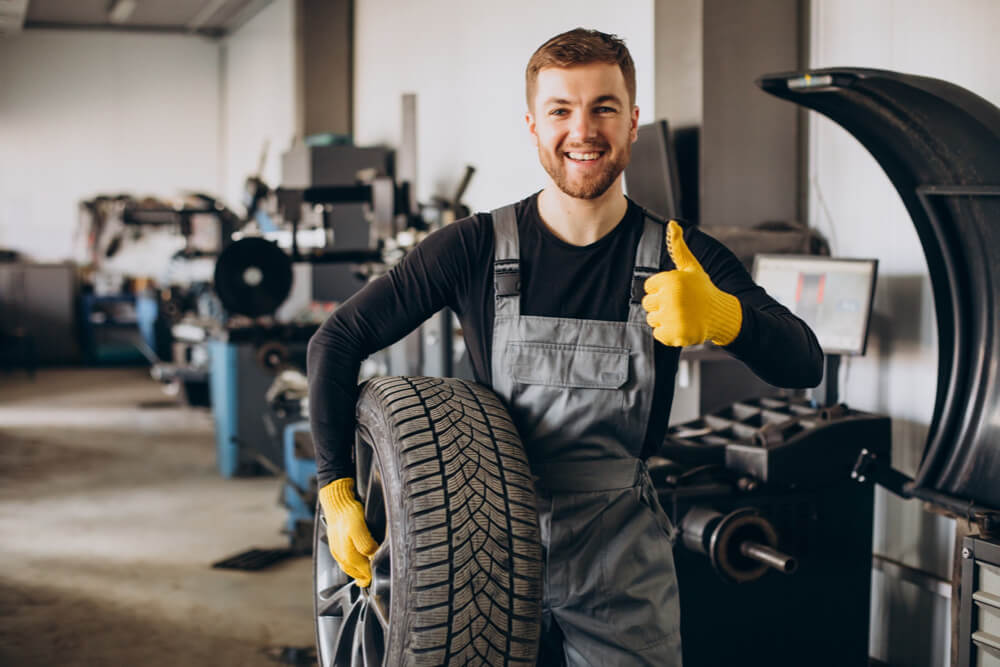

Tire replacement is one of the most significant maintenance expenses a car owner is likely to face in terms of performance and driving safety. Both of them require that you take good care of them. Bottom line: Good driving and maintenance habits keep drivers safe and cut down on tire replacement expenses.
Simple Works
Tires’ lifespan might be reduced by up to 50% when they are subjected to frequent, hard braking and quick acceleration from a stop. Avoiding tailgating will increase tire life since it reduces the frequency of harsh braking. Easing onto the throttle when leaving a halt reduces tire stress and increases wear. Slowing down before abrupt corners and, if at all feasible, avoiding potholes and broken pavement can also help to lessen tire stress. If you’re interested in saving money on tires, you can use these tips.
Regular Maintenance
Another method to lengthen tire life is routine maintenance on a vehicle and its tires. You can check the air pressure and tread depth on your own. You should rotate your tires and get your balance and alignment checked by a qualified mechanic on a regular basis. Upkeep is essential for your tires to operate at their best and last the longest.
Pressure
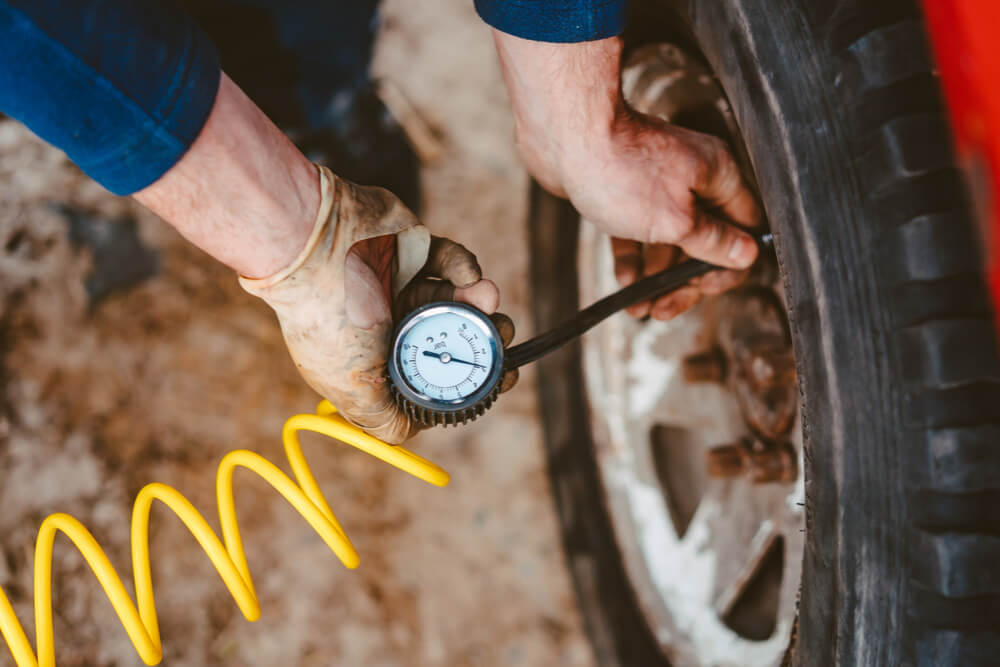

Tire manufacturers and automakers advise vehicle owners to check their tire pressures weekly to maintain even wear. The suggested pressure level from the manufacturer will typically be found in the owner’s manual or on the doorjamb of the automobile or truck. A handheld tire-pressure gauge, which costs under $10 at an auto parts store, is one quick and simple way to check tire pressure. The pressure is frequently checked for you in tire shops.
Digital readouts are sometimes used in conjunction with air pumps at gas stations, however they aren’t always reliable. The tires should be checked for pressure when they are cold or haven’t been driven on for a few hours. Therefore, it is best to examine them the next morning after the car has spent the night at your house.
Balance and Alignment
Round tires must be used, and the tire/wheel combination must be balanced. A balancing device is used by tire shops and technicians to identify the high and low spots and detect any imbalance by spinning the wheel. The tire company will then balance the wheels by applying weights to them after that. Additionally, these companies might make sure that your wheels are adjusted to maintain straight tracking, which minimizes tire wear.
